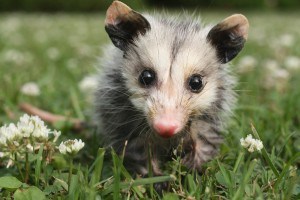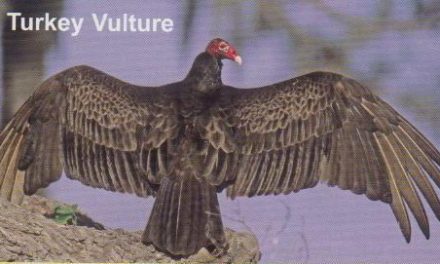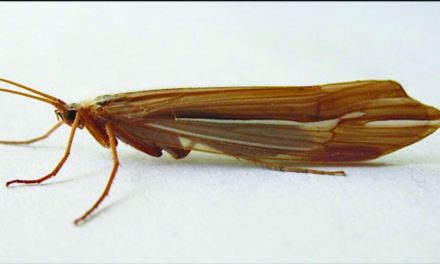By Melissa Wynn
The American Badger is one of North America’s most vicious mammals.

A short and wide, stocky build makes it very hard for predators to tip them over and their thick loose hide allows them to turn back on the enemy and bite, growl and claw their way to freedom. They are known to run off the biggest and meanest of predators including wolves and bears. The Coyote however has been observed hunting along side this cantankerous carnivore. American Badgers feed primarily on burrowing rodents such as prairie dogs. They are speedy diggers, chasing their prey through its underground home. The crafty Coyote simply waits at the back door and snatches up the one that got away. Hunting together benefits both Badger and Coyote although they will fight should one feel cornered or threatened by the other. American Badgers dig several burrows called setts throughout their home range and return to them frequently to see if anyone else has moved in; the new tenants are the Badgers next easy meal. These cranky but cute members of the weasel family also eat eggs, carrion, insects and birds.
Mating for the mighty American Badger occurs in late summer or early fall but the fertilized eggs don’t begin to grow until January or February. One to five cubs are born in March or April and will be weaned and on their own by late August. Females may breed in the first mating season after they are born and have a litter of their own as young as seven or eight months old. Males usually don’t breed until they are one year old.
American Badgers are most active at night but there is no mistaking one if you see it. They’re relatively long, thick coat is a grizzled grey to reddish brown color on the body, with a white throat, buff colored underside, dark brown to black feet, and black and white markings on the face. Their muzzle is black, with two black stripes extending from the nose over the eyes and blending to grey on the back. A white dorsal stripe extends from the nose, along the top of the head and over the back. In northern badgers, this stripe extends only to the shoulders, but in southern badgers it extends all the way to the rump.
Badgers are active year round throughout most of the state. In winter, home range is smaller than at other times.Never approach the wandering waddlers. They are grouchy, aggressive and dangerous. Keep your distance!
sources: California Department of Fish and Game, wikipedia.com












